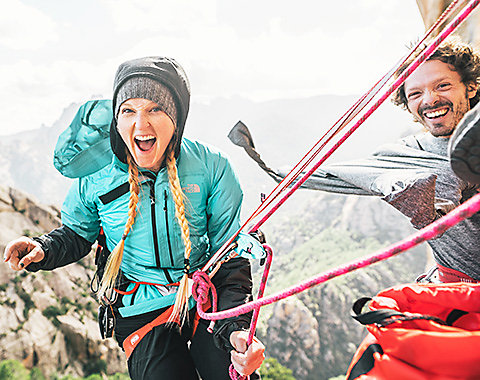It’s a little overcast outside and rain seems threatening, you’re about to start out on your weekly long slow run, and it's one month from race day - what are you going to wear? Now is the perfect time to practice and experiment for race day. Here are our top tips.

- Don’t just look out the window; check the weather forecast from a reliable source.
- Dress for the session; is it high-intensity intervals or a long slow run?
- Listen to your body; wear what you need.
- Practice, practice, practice.
Weather
One of the clearest influences on the clothing needed is the weather - both current and for the duration of your run. Though starting cold might feel a challenge, you know you are going to quickly warm up so think about going lighter at the beginning. However, if it is raining or windy, don’t brave the elements for the sake of tough-points. Pack a light shell jacket and wear it if necessary.
Intensity & Duration
If you’re heading out on your long slow run you'll definitely be sweating less and building up less heat than your weekly interval or hill session, so you'll want something insulating. If you’re out for a high-intensity session then go thinner for your base layer and bring a long sleeve top or jacket for when you are sweaty and tired when you have finished.
Physiology
We are all built differently and respond to exercise, the elements and just general well-being differently. If you get cold hands then you may require gloves even on warm days. If you run hot then don’t worry about starting too cold, as you know you'll soon warm up. Listen to your body and don’t let other people’s habits dictate what you need for yourself.

Race Day
Race day is what we're all training for and it will be exciting, scary and nerve-wracking all at once. Don’t let your clothing and layering let you down on the day. The best way to guarantee this is to practice, practice, practice.
- Test out different layering systems and see what works for you
- Use a log book to record your results, how you felt and what you learned
- Do ask others for advice – but don’t take it as gospel!
Remember: discover what works for you and go into race day confident and happy with your decisions. And run your race, not somebody elses.





